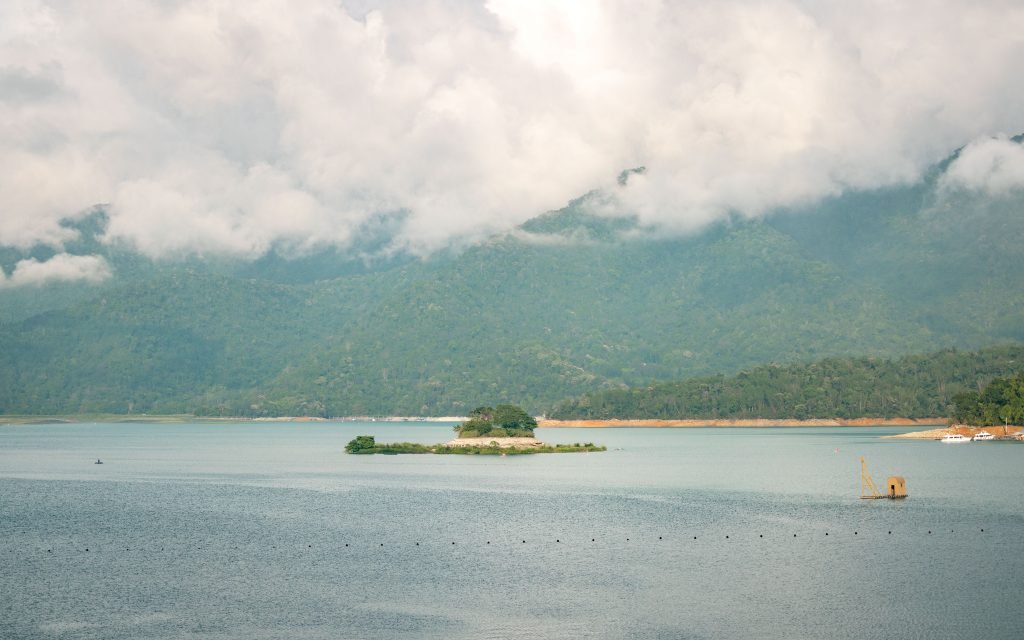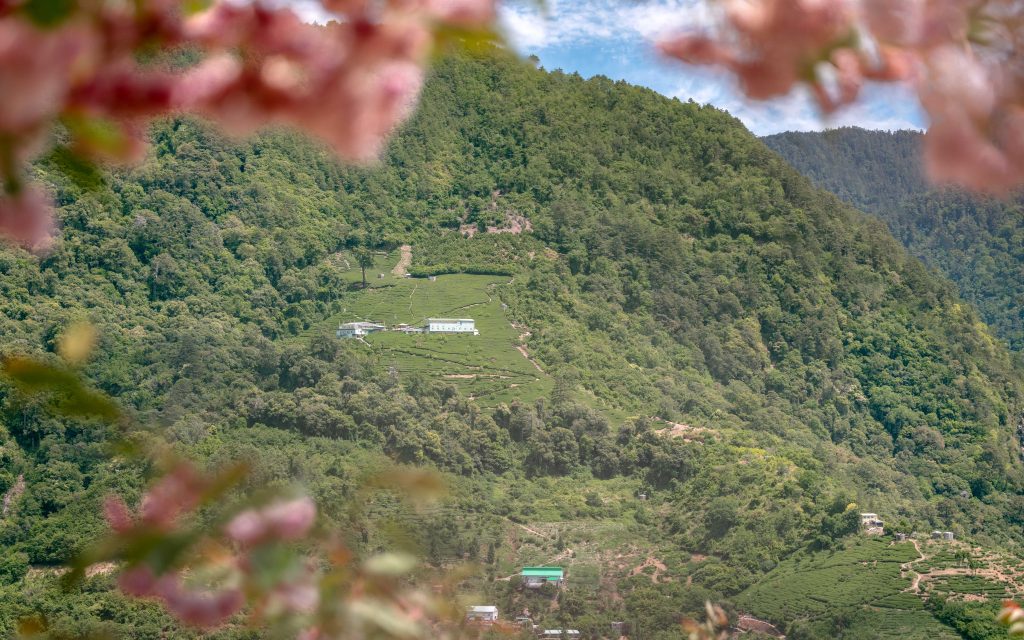$24.00 – $67.00
After initial Oolong harvest, the second flush growth from high elevation tea growing region 梨山 Li Shan "Pear Mountain" from 青心 Qing Xin "Green Heart" cultivar bushes is made into loose, unshaped red tea. A cultivar particularly well-adapted to high elevations, Qing Xin teas are renowned for their bright, fruity, floral qualities producing a thick broth.
This particular Li Shan High Mountain Red gives us a more fully oxidized expression of a tea usually destined for lightly oxidized oolong. Notes of beef brisket and petrichor drip off the first sips, melding with smooth chocolate tones, ample nuttiness and a light bready yeastiness throughout the session. A distinctly "Taiwanese" fruitiness sets this one apart from the rest of the old world reds released in tandem, making this one extra fun and agreeable.
The island of Taiwan produces primarily oolong, comprising some 20% of the world's production of the genre. During its occupation under Japan in the early 1900s, red tea production was expanded, primarily for export to Russia and Turkey. The Japanese may have slowed down greener oolong production to prevent competition with their green teas, even importing big leaf Camellia sinensis var. assamica plants from India to be propagated around the Sun Moon Lake area in Taiwan. By the end of the 1930s red tea made up over half of the island's tea production, gradually declining after Japan's occupation ended and eventually to near extinction towards the end of the twentieth century.

Sun Moon Lake, photo taken during the 2023 trip
These days Sun Moon Lake remains the core production region for the modest amount of red tea produced on the island, with several oolong producers utilizing their less desirable second flush spring and summer harvests to the genre instead of their oolong.
The Chen family in Li Shan is one such group, and along with the Yung family in Shan Lin Xi (their high mountain aged red is a crowd favorite), produce high quality red tea outside of their oolong specialty.
